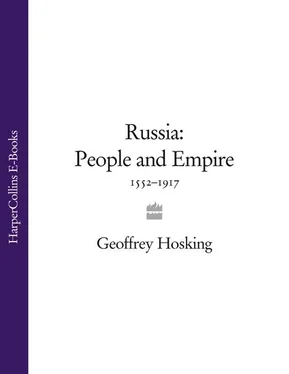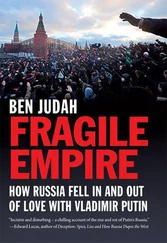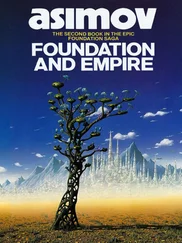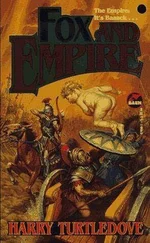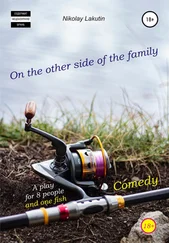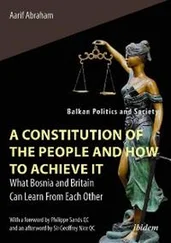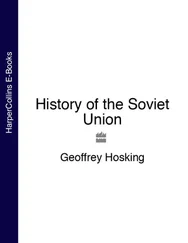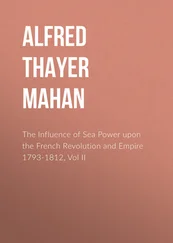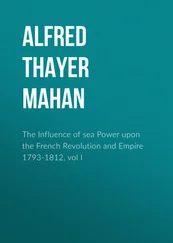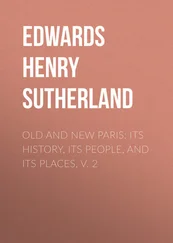In the early years of Ivan IVs reign these various myths of origin were collated and systematized by his leading prelate, Metropolitan Makarii, in such a way as to combine the themes of church, dynasty and land, and to tie them to an imperial heritage. He compiled two great books of readings, in some ways like the collections of legitimizing documents put together by Chinese Emperors: they were the Great Almanach (Velikie Chet’i-Minei), and the Book of Degrees of the Imperial Genealogy (Stepennaia kniga tsarskogo rodosloviia). The first one included lives of the saints, resolutions of church councils, sermons, epistles (among them those of Filofei) and historical documents, laid out so that they could be read each day of the year. They were selected and arranged to demonstrate how God’s purpose, from the Creation onwards, had been to found a truly Christian empire on earth, and how the land of Rus’ was now called upon to fulfil this purpose. Its ruler was ‘everywhere under the vault of heaven the one Christian Tsar, mounted on the holy throne of God of the holy apostolic church, in place of the Roman and Constantinopolitan [thrones] in the God-saved city of Moscow.’ In two church councils, of 1547 and 1549, these texts were confirmed and a large number of local saints were canonized, to attest both to the unity of the Muscovite church and to its divinely ordained sanctity. One historian has called Makarii the ‘gatherer of the Russian church’. 5
The Book of Degrees evoked a secular tradition to reinforce the religious one: it was an account of the ‘enlightened God-ordained sceptre-holders who ruled in piety the Russian land’. It was a highly selective list: it ignored the claims of rival successors to Kiev, like Lithuania and Novgorod, as well as the junior lines of the Riurik dynasty, and also the Golden Horde, but it emphasized the heritage of Byzantium, as befitted an imperial mission which rested on Orthodox Christianity. 6
By the time that he embarked on his Kazan’ campaign, then, and on that against the Khanate of Astrakhan’ (1556), Ivan IV was fortified by an exalted vision of his earthly mission, which he employed to complement the humbler claims of steppe diplomacy. Though he never explicitly endorsed the ‘Third Rome’ theory to justify his aggression, Ivan deployed an eclectic bundle of arguments: that Kazan’ had acknowledged the sovereignty of Moscow and in effect Moscow’s right to claim the succession of the Golden Horde, that Kazan’ was a long-standing patrimony of the Riurik dynasty and part of the land of Rus’ ‘since antiquity’, that there was a need to maintain peace and end disorder, and that it was his duty as a Christian monarch to extirpate the rule of the infidel. 7
The trouble was that the various aspects of this imperial ideology were scarcely compatible with one another. It is difficult to see what a Christian Emperor was doing claiming the heritage of an infidel ruler. As Michael Cherniavsky has commented, the two images, the basileus and the khan, were never really synthesized, but ‘existed separately … in a state of tension’. ‘If the image of the basileus stood for the Orthodox and pious ruler, leading his Christian people towards salvation, then the image of the khan was perhaps preserved in the idea of the Russian ruler as the conqueror of Russia and of its people, responsible to no one. If the basileus signified the holy tsar, the “most gentle” (tishaishii) tsar in spiritual union with his flock, then the khan, perhaps, stood for the absolutist secularised state, arbitrary through its separation from its subjects.’ 8This ambivalence was vividly exemplified in the personality of Ivan the Terrible, and was to persist for centuries thereafter.
There were other contradictions too. Did the ecumenical leadership Moscow proclaimed embrace the entire world of Orthodox Christianity, including the Balkans and Constantinople itself, or was it confined to the lands of Rus’? As we shall see, when in the seventeenth century an energetic prelate championed the former view against the latter, he unleashed a destructive schism. And if Moscow pretended to be a universal empire, then how could it be so closely identified with one people, the Russians, however broadly one might define their nationhood? That ambiguity too was never to be fully resolved. Finally, in an empire both spiritual and secular, could a perfect partnership between church and state be achieved, or, if not, which was to be the dominant partner? The Tsars, perhaps nervous of conceding too much to the church, never deployed the ‘Third Rome’ argument as part of their diplomatic armoury: it remained a powerful cultural and religious motif latent in their claims to imperial domination.
B. The Practice of Empire
Whatever was the theory of the Russian empire, many of its practical difficulties were to result from its huge size and diversity, and from its hybrid position as Asiatic empire and European great power. The appearance of such a realm was far from being unprecedented historically. Some of the world’s greatest empires have been created by a peripheral power on the edge of an ecumene: one thinks of Macedonia and later Rome at the edge of the Hellenic world, of the Mongols in Eastern Asia, or of the Ottomans in the Middle East. Such states borrow techniques and customs from their more advanced neighbours, and then employ their own relatively primitive and warlike social structure to achieve dominance. This is how Russia proceeded too. However, despite its considerable successes from the sixteenth to the eighteenth centuries, it never quite achieved dominance, even over Central and Eastern Europe. And it found itself facing a European civilization which was continuing to make swift progress, partly in response to the Russian challenge.
Asiatic empires were used to exercising suzerainty over myriad ethnic groups, dominating them through a multi-ethnic imperial aristocracy, taxing them by exploiting the ‘mutual responsibility’ of local communities, offering them an imperial high culture and language to integrate their elites, but otherwise leaving them largely to their own devices on condition of obedience. John Kautsky has called such empires ‘collections of agrarian societies which, remaining independent of one another, are linked to another society, the aristocracy, through being exploited by it … Aristocrats and peasants are generally separated from each other by far-reaching cultural distinctions involving difference of language and religion and sometimes of race. They are, far more than the nineteenth-century British upper and lower classes to whom Disraeli applied the term, “two nations”, though the word “nation” with its modern connotations is not really applicable to them.’ 9In most respects, Russia remained an empire of this type right up to the early twentieth century.
The Asiatic imperial style implied a huge gap between the elites and the masses. In Europe, by contrast, states were moving between the sixteenth and nineteenth centuries towards the integration of the masses into nationhood, often crystallized around royal courts, as their armies became larger and better equipped, their economies developed, and their vernacular languages took shape out of myriads of local dialects.
Russia was straddled awkwardly between these two different political milieux, its bureaucratic sinews still largely Asiatic, while its culture became European. If it wished to remain an empire, it had no choice but to become a European great power, for there were no natural barriers to protect it from its western neighbours. But becoming a European great power carried a high cost: from the seventeenth century onwards, the high culture it offered its various peoples was not, like that of, for example, China, generated internally but was borrowed from outside, from a culture and way of life which Russia had to imitate in order to compete with the European powers. That meant that its imperial traditions were at odds with the people after whom the empire was named, and with its own previous state traditions. The tensions thus generated became especially acute in the late nineteenth century, when Russia’s Europeanization was becoming most advanced, and other European states were becoming nations.
Читать дальше
